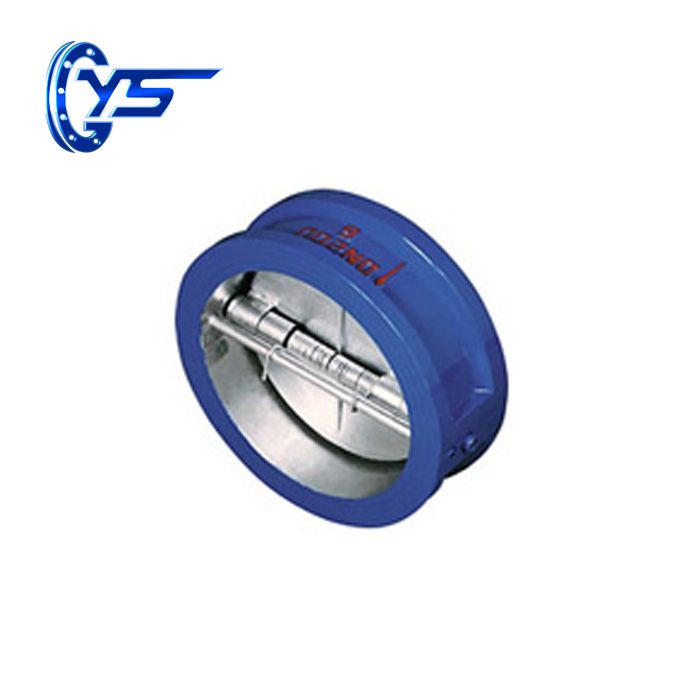Backflow Preventer vs. Check Valve: What's the Difference?
A check valve supplies a standard form of heartburn prevention, preventing water from flowing in the wrong direction. National Fire Defense Organization (NFPA) model codes and also criteria require them in different positions on fire security systems, as well as check valves are essential parts of heartburn preventers. But they are not adequate by themselves to secure potable city water materials from backflow contamination. "Drinkable" supplies consist of dealt with, drinking-quality water.
In this article, we describe the essential distinctions between backflow preventers vs. check valves. And also we clear a mistaken belief that's frequently asked about on the internet forums: while check valves have other crucial applications, they can not be considered a secure substitute for backflow preventers when it involves securing the pureness of drinking water.
Check valve vs. Backflow preventers: why they aren't compatible devices
Backflow occurs when stress adjustments in pipelines create the circulation of fluids, gas, or semisolids to turn around in the wrong direction. Check valves are created to make sure compounds in a pipe only stream one method, instantly closing to prevent unwanted backflow if the direction is reversed. They are utilized efficiently in a wide array of applications: securing equipment such as pumps and also filters from backflow damage, stopping drain in a fire lawn sprinkler with elevation changes, offering stress relief in liquid or pneumatic applications, and also more.
Due to their easy layout, check valves generally run without automation or human communication-- remaining to function even if the power heads out or people can not by handcycle them. Instead, they are flow-sensitive; when water moves through a pipeline, check valves count on the water's flow velocity to open up or close. The fracturing pressure, or minimal upstream stress needed to operate a check valve, typically falls between 1 and 5 pound-force per square inch (PSI).
Many check valves include a hinged clapper with a springtime that maintains the valve closed until it's opened by water moving from a source. If the pressure downstream surpasses upstream stress, the spring presses the clapper versus a rubber seat, developing a leak-proof seal and also stopping flow from reversing.
However right here's the important things: a check valve can function as an important means of backflow prevention in low-risk situations, such as when equipment damage attracts attention as the biggest risk. Yet when the risks are as high as the pureness of the water individuals consume alcohol, neighborhood pipes codes need the more reputable defense of backflow preventers.
While check valves work dependably the majority of the time, failures can occur for many reasons. Considering that a check valve's clapper is constantly in the flow path, clapper activity will certainly happen even if there isn't sufficient flow. Components that rub versus each other reason wear, which can ultimately lead to check valve failures. In extreme cases, harmed elements can even run away right into the line, causing various other valves or devices to breakdown.
Used seat seals are another typical cause of check valve failings, as well as lodged debris that causes the valve to stay stuck in the open or close placement. Damage can additionally be brought on by a water hammer, in which circulation reversal downstream causes the valve to abruptly shut-- leading to a pressure wave that circulates throughout as well as harms the pipe. Improper upkeep, installment, or setting up can additionally result in failures.
Backflow can be harmful when pressure adjustments in water pipes trigger water from developing systems like lawn sprinklers, irrigation, or plumbing to leak back right into the main city supply line. When this happens, public alcohol consumption water can be polluted with contaminants like fertilizers, chemicals, human waste, and dangerous chemicals.
Backflow can likewise be incredibly costly to remediate: the Epa (EPA) states that the ordinary heartburn case takes virtually 500 hours to deal with at a cost of $14,800.
As a check valve, a backflow preventer is a device that guarantees water only travels in one direction. Its single task is to maintain water flowing from the water main to a building's pipes. Nevertheless, it takes backflow defense to the following level with extra fail-safes designed to maintain drinking water pure by stopping the non-potable water in a structure's systems from backing up and also polluting it.
Check valves are relied on to stop backflow in a range of applications. However, when it involves public health as well as security, numerous water authorities and districts demand the even more reliable defense of backflow preventers to maintain drinking water security.

Recognizing essential differences between backflow preventers vs. check valves assists the homeowner as well as facility managers recognize why the added price, as well as complexity, makes good sense.
We are check valves suppliers. Please feel free to contact us.
Copyright © Hebei Yaosheng IM & EX Trading Co.,Ltd. All Rights Reserved |Sitemap | Technical Support: 
